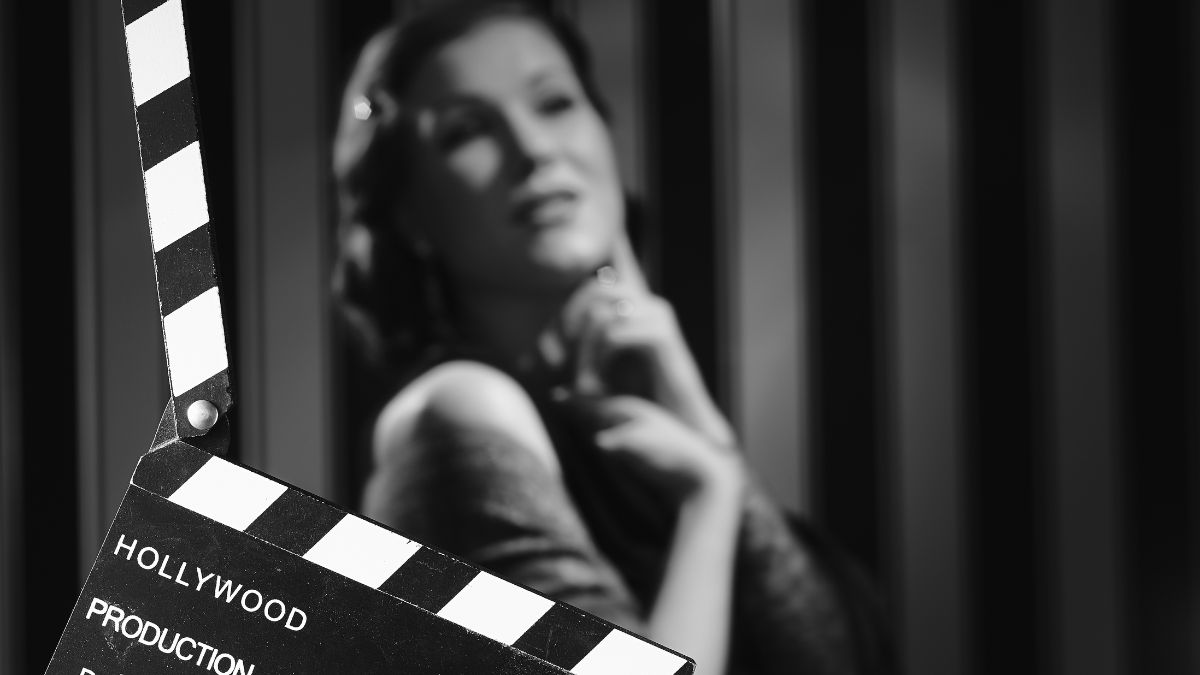Gone with the Wind: An Epic of the 1930s
Gone with the Wind: An Epic of the 1930s
The Rise and Fall of the Hollywood Musical

The Rise and Fall of the Hollywood Musical
The Rise and Fall of the Hollywood Musical
In the pantheon of cinematic history, few genres have captured the imagination and hearts of audiences quite like the Hollywood musical. This enchanting genre, which reached its zenith in the mid-20th century, was not just a form of entertainment; it was a cultural phenomenon that defined an era. The rise and fall of the Hollywood musical is a tale that evokes a sense of awe, a story painted with the vibrant colors of song, dance, and spectacle.
The genesis of the Hollywood musical can be traced back to the late 1920s, with the advent of sound in cinema. This technological marvel brought with it the possibility of marrying motion pictures with synchronized sound, giving birth to the “talkies.” Among these, the musicals shone the brightest. The 1927 film “The Jazz Singer,” often hailed as the first full-length sound film, was a harbinger of the glitz and glamour that was to follow.
The 1930s and 1940s witnessed the golden age of Hollywood musicals. It was a time when legends were born. Stars like Judy Garland, Fred Astaire, and Gene Kelly became household names, their performances transcending the silver screen to become part of the American cultural lexicon. Films like “The Wizard of Oz” (1939) and “Singin’ in the Rain” (1952) were not just movies; they were magical experiences that left audiences awestruck. These films were a testament to the power of the musical genre, combining captivating narratives with awe-inspiring choreography and unforgettable melodies.
However, as with all great tales, the era of the Hollywood musical faced its twilight. The 1960s marked the beginning of a gradual decline. The reasons were manifold. The advent of television provided audiences with alternative forms of entertainment. Changing social mores and the rise of new film genres that mirrored contemporary realities led to a shift in audience preferences. Musicals began to feel like relics of a bygone era, their fantastical narratives and stylized performances increasingly out of step with the times.
Despite the decline, the legacy of the Hollywood musical endures. Even today, modern filmmakers attempt to recapture the magic of those bygone days. Films like “La La Land” (2016) pay homage to the classic musicals, while infusing them with contemporary sensibilities. However, these new creations, though often successful, cannot quite replicate the wonder of the golden age. The original musicals were not just films; they were a collective dream where the impossible seemed possible, and every heartache could be cured with a song and a dance.
In conclusion, the rise and fall of the Hollywood musical is a narrative that is as compelling as the films themselves. This genre, which once dominated the cinematic landscape, left an indelible mark on the hearts and minds of audiences. It was a time when cinema was not just a reflection of life but a vibrant, musical celebration of it. The Hollywood musical, in its heyday, was a dazzling spectacle of joy, a testament to the boundless creativity of the human spirit. Its decline, though inevitable, does not diminish its impact. The echo of those timeless songs and the memory of those mesmerizing dance routines continue to resonate, a reminder of an era when the screen was alive with the sound of music.